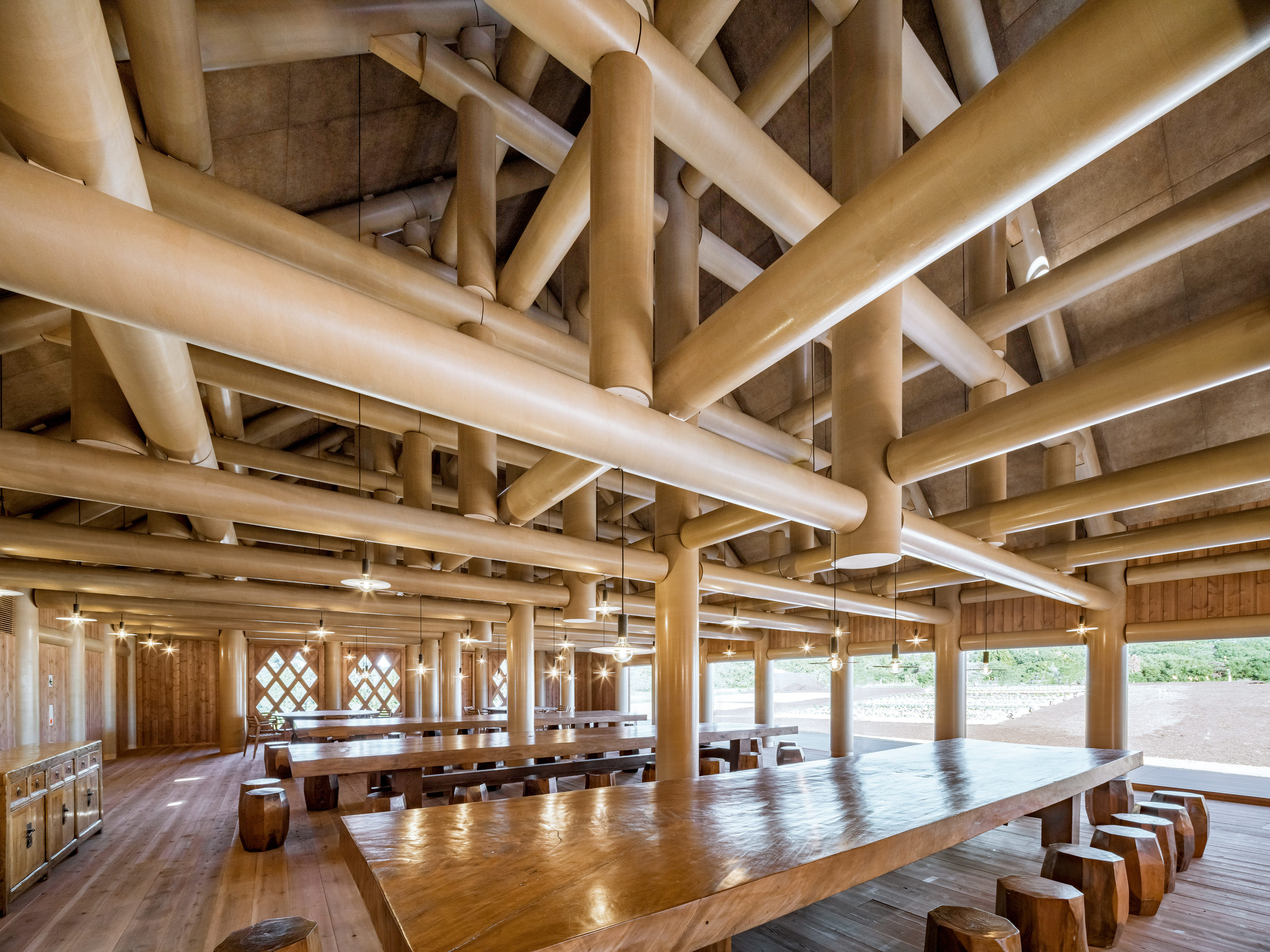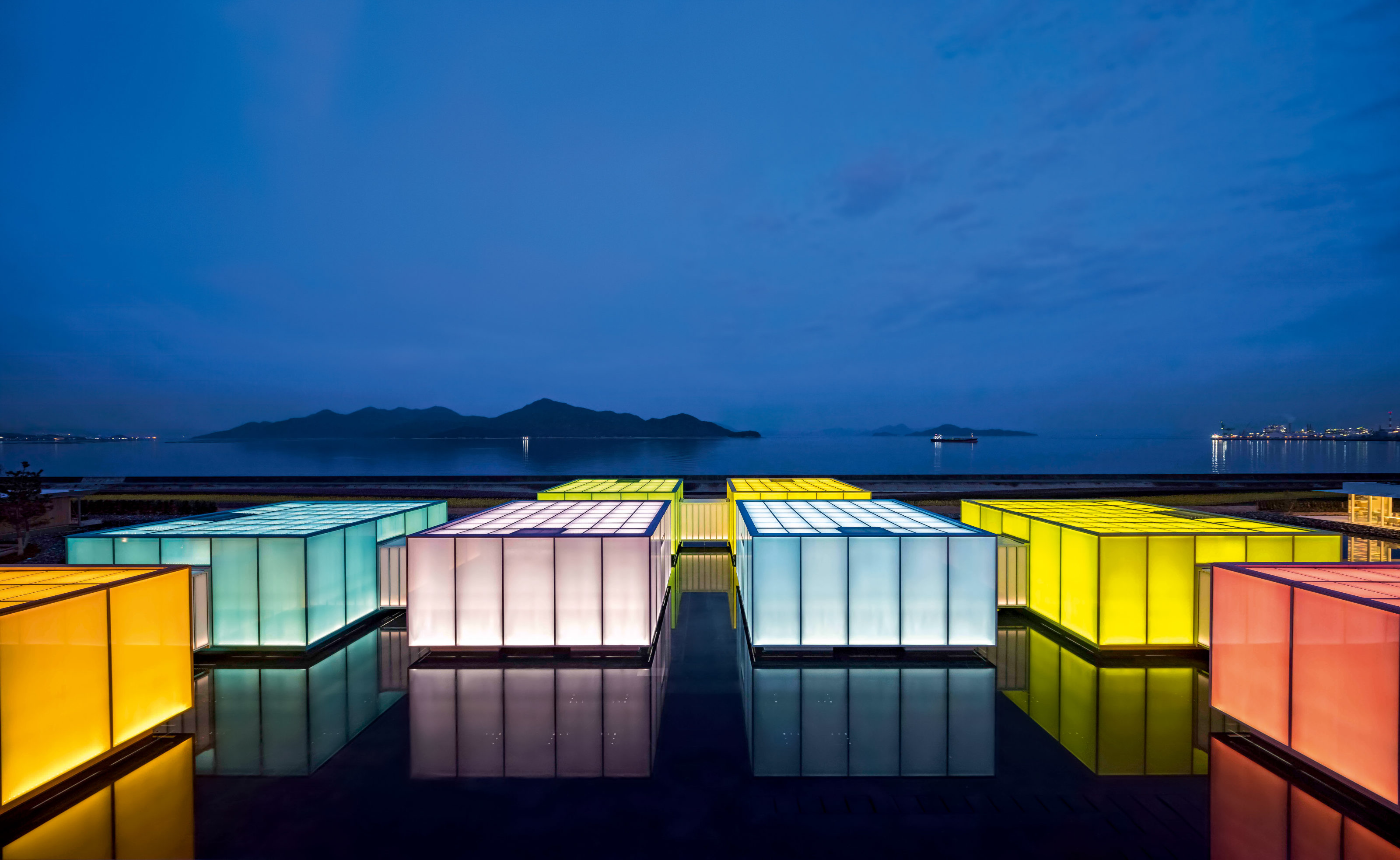
Philip Jodidio’s Stakhanovite proficiency in architectural publishing continues with the arrival of Shigeru Ban. Complete Works 1985 – Today, another hefty tome in the time-honoured Taschen tradition of over-sized and XXL works.

This time, your bookshelves will be given a thorough work out by the works of legendary Japanese architect Shigeru Ban. Perhaps the country’s best-known contemporary designer, largely down to the global spread and sheer diversity of his work, Ban’s oeuvre is traced in grand style by Jodidio’s newest monograph.

The format works especially well for Complete Works 1985 – Today for Ban’s approach frequently brings monumentality to buildings of conventional scale, often by exaggerating or over-emphasizing a particular element. This is aptly demonstrated in his early Curtain Wall House project in Tokyo (1995), a pun on the dominant technical feature of international style architecture by way of removing the conventional façade altogether in favour of a literal curtain.
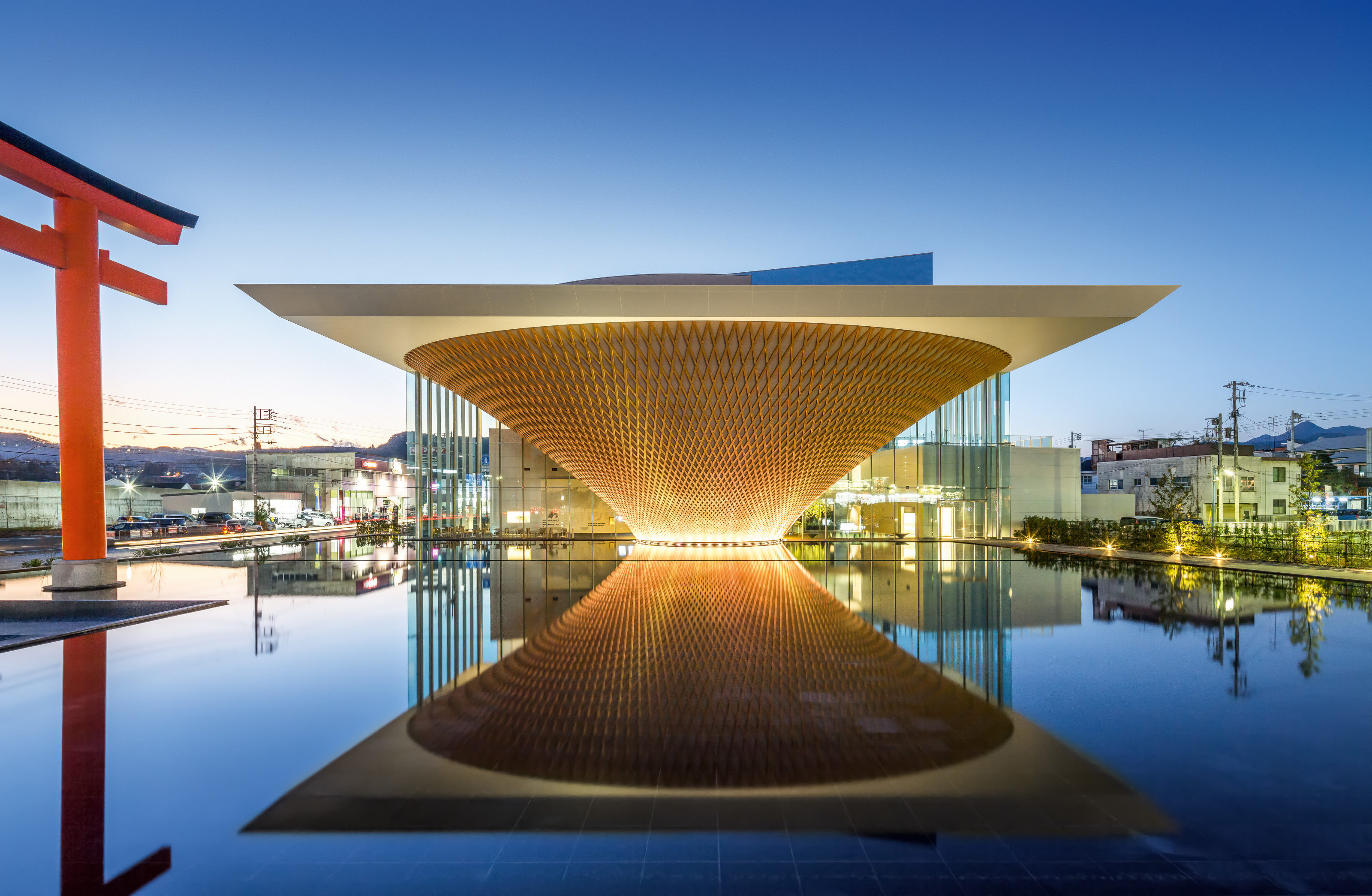
It wasn’t long after this that Ban’s association with cardboard began. His fascination with the structural possibilities of this prosaic material ushered a whole new era of demountable design, used to great effect in disaster zones where it could be used as the core component of shelter and refuge.
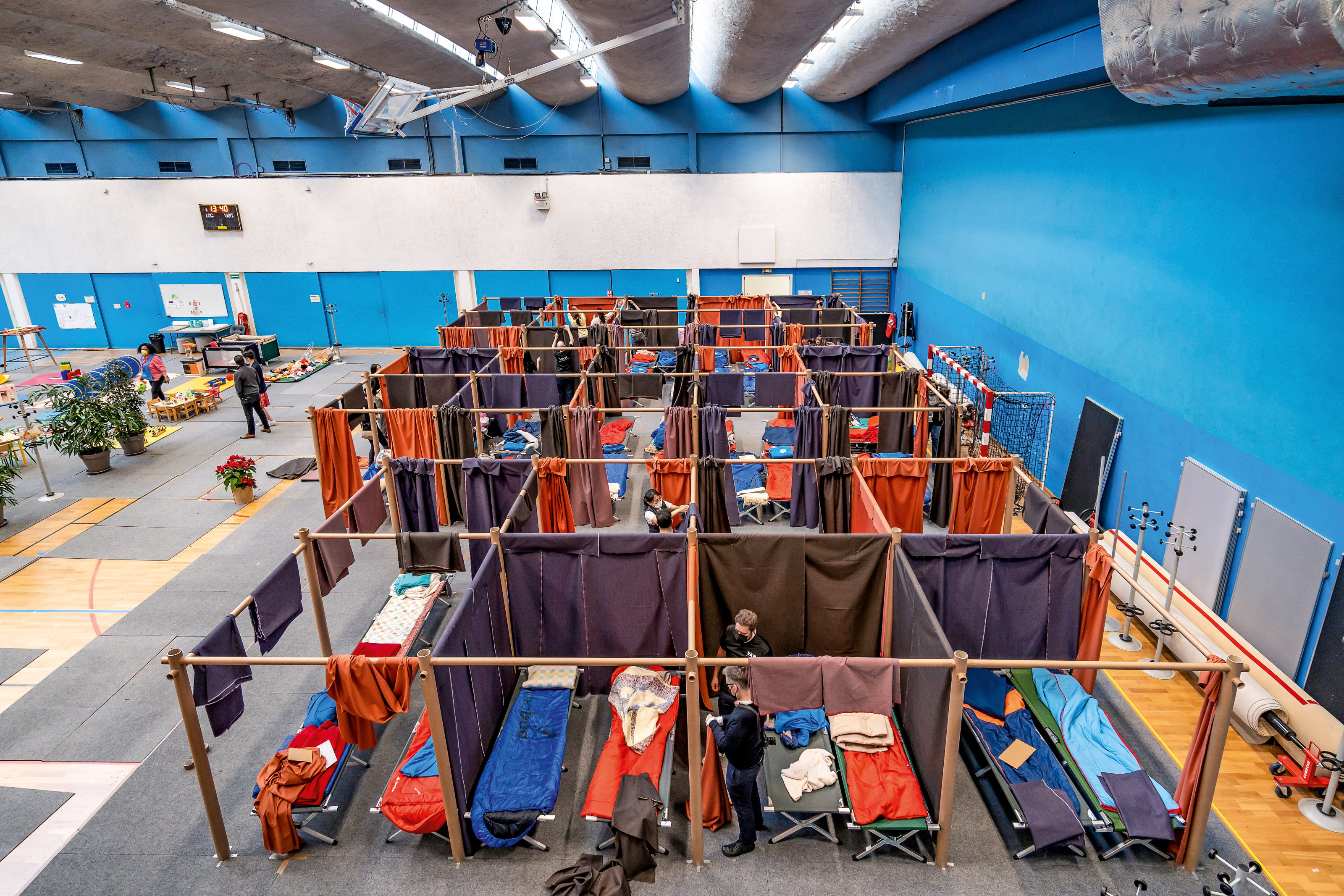
The book offers up stark juxtapositions as a result – a Manhattan penthouse versus a dormitory shelter built for the Ukraine Refugee Assistance Project in Paris, or the precision of the Swatch/Omega campus in Switzerland compared to Post-Tsunami Rehabilitation Houses built in Sri Lanka in 2007.
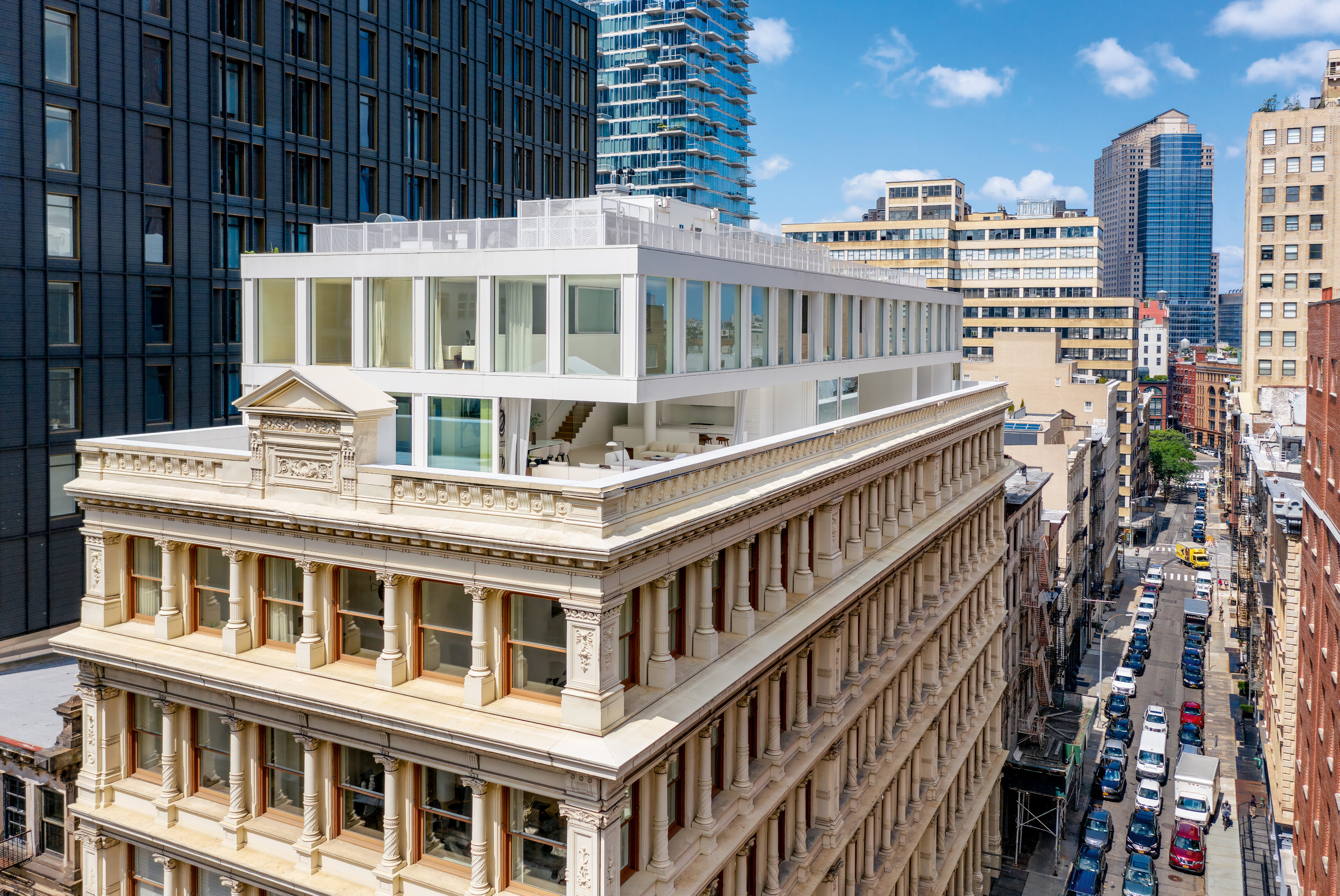
Ultimately, Ban’s work showcases how architecture can be both veil and shelter. The former relies on the translucent and ephemeral, whereas the latter is all about raw materiality. In a world where basic shelter is the most valuable commodity of all, this approach pays instant humanitarian dividends, as well as provide a vital revaluation of how to make the most of materials in an age of finite resources.

Shigeru Ban. Complete Works 1985 – Today, Philip Jodidio, £200, Taschen.com, @Taschen
The book is also available as 200 numbered art editions, each with a signed Shigeru Ban print custom-built 3D laser-cut wooden cover, £1,750, Taschen.com.
See more of our favourite architecture books.
